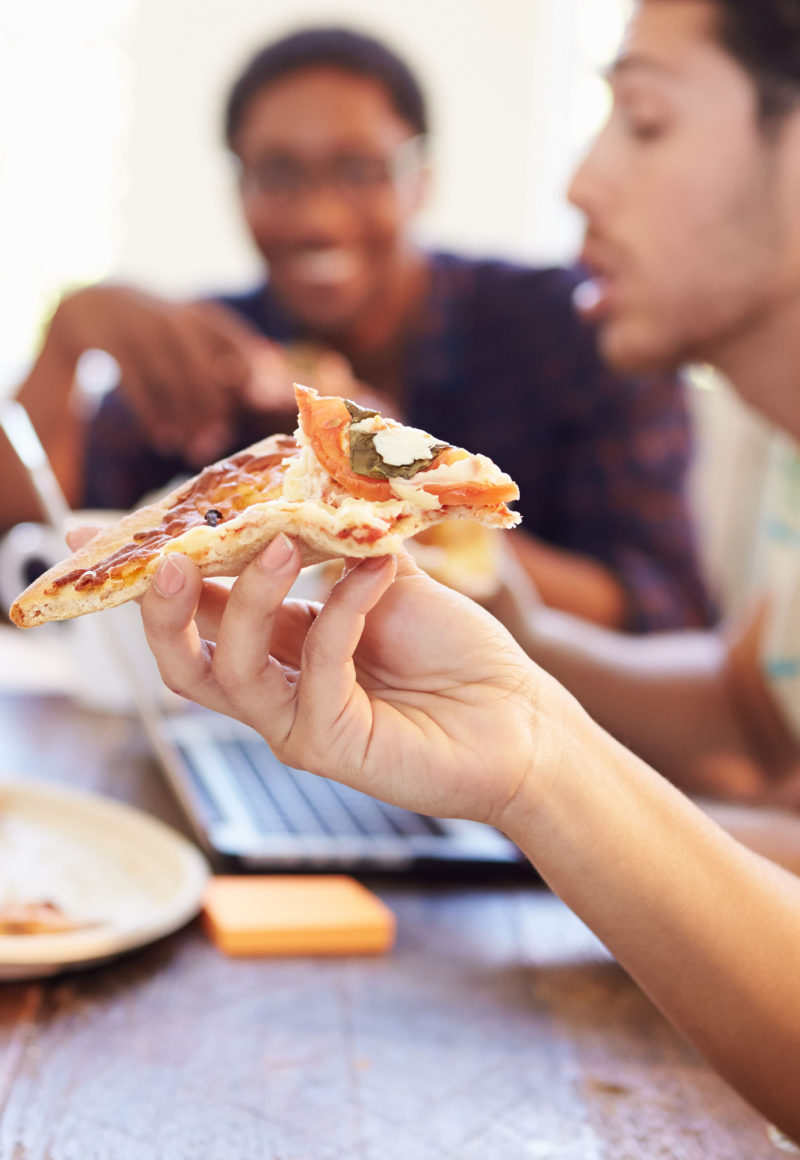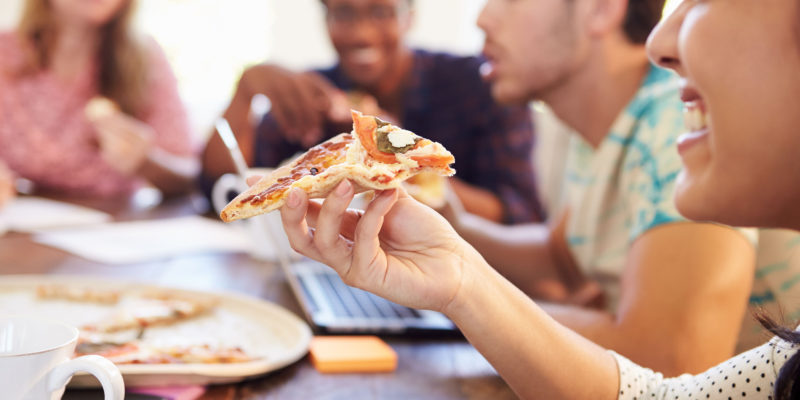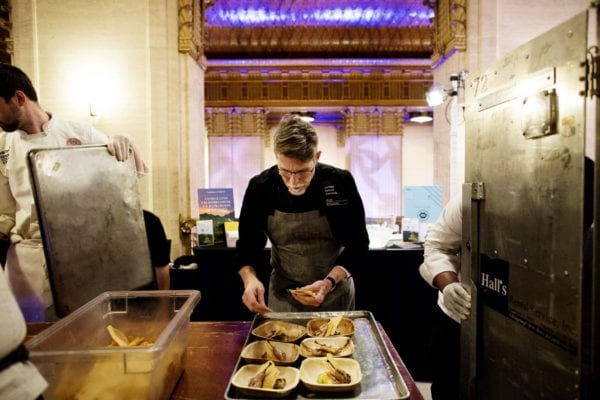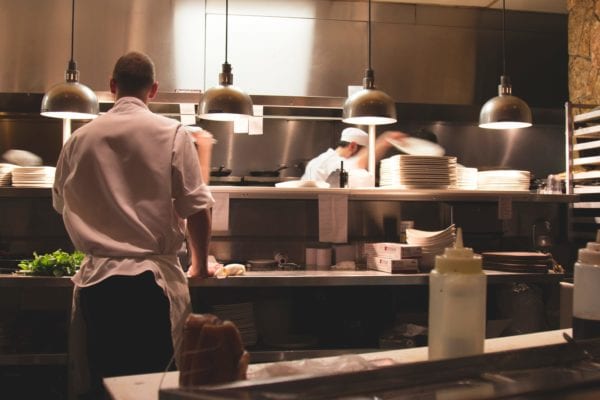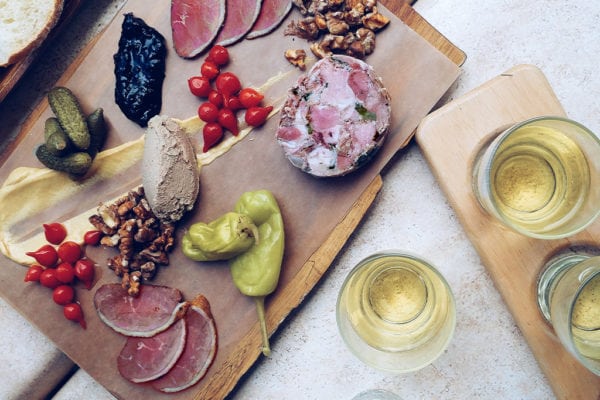Skift Take
With company money to spend, clients to entertain, and time to explore, the value of business travelers is often overlooked by restaurateurs. Due to their sheer size and spending power, millennial business travelers are an especially important audience that restaurateurs should get to know.
— Dinova
By now, most restaurateurs realize the value of appealing to millennial customers, who tend to emphasize unique experiences rather than tactile goods –– especially those pertaining to food and drink. But there’s an important subset of this generation that restaurateurs would be wise to pay attention to due to their high spending value: the millennial business traveler.
Millennials are known for placing a lot of importance on their food and dining experiences in general, so it makes sense that these play a major role in the trips they take for work. Dining that happens on business trips reached approximately $77 billion annually in the U.S. as of 2017, according to a study from American Express Global Business Travel and the Global Business Travel Association (GBTA) Foundation, making it the third-largest travel and expense category after air travel and lodging. And millennial business traveler spending accounts for a big part of this overall total.
In March 2018, Dinova, a total business dining solution, partnered with GBTA to conduct a research study to uncover the dining habits and preferences of today’s business traveler. The study showed that millennial business travelers differ dramatically in how they dine out. Here, we look at a few key takeaways that restaurateurs should keep in mind when trying to reach this group.
1. They travel for business more frequently than other generations: As of 2016, millennials surpassed Gen Xers to become the largest generation in the U.S. workforce, according to Pew Research Center analysis of U.S. Census Bureau data, and they’re expected to account for more than one-third of the global workers by 2020. In addition to the massive size of the millennial workforce, this group now takes more business trips than any other generation. Dinova’s research found that these travelers were more likely than Gen Xer and baby boomer business travelers to take business trips between 11 and 30 times each year. Millennial business travelers also look forward to experiencing food and dining experiences while on the road. Nearly two-thirds say that eating in a new city is an additional perk to taking business trips, according to 2018 research from Hilton. They’re a lucrative consumer base, particularly during the week, when restaurants have seats to fill and these travelers have clients to entertain, time to explore local destinations, and per diems to spend.
2. Convenience, cost, and speed are key: Millennials may have a reputation for spending large portions of their income on decadent food and dining experiences, but when it comes to what they eat on business, meals that are quick and affordable are the way to go. According to Dinova’s research, 51 percent of millennial business travelers said they typically eat at quick serve restaurants, while 63 percent opted for fast casual eateries –– these were much more common than upscale casual and fine dining restaurants. They also tend to dine out (or in) solo compared to older generations: They’re just as likely to eat lunch alone as they are with clients or coworkers (though cafes and restaurants with Wi-Fi are prime spots as well), and they’re six times more likely than baby boomers to order delivery or take-out for dinner. For many millennials, making their business day as efficient as possible is a main factor in how they select their dining options.
3. Mobile delivery apps, specifically Uber Eats, are crucial: Mobile dining apps have become mainstream as consumers have increasingly integrated smartphones into every aspect of their lives. About two out of three business travelers overall have dining-related apps on their mobile phones, and Yelp and TripAdvisor are most popular for this larger group. However, millennial business travelers are more likely to use food delivery apps such as Uber Eats, Grubhub, Postmates, and DoorDash than older travelers. Forty-five percent reported having the Uber Eats app on their phone, making it the most popular food-related app among this group. Ordering delivery via their smartphones is one of the most common dining-related activities millennials partake in, up there with researching menus, making reservations, and researching on social media.
4. They want healthy meal options: Business travelers across generations look for food and drink options that are aligned with healthy eating habits. Four out of five business travelers overall say that maintaining a healthy diet is at least somewhat important when they’re on the road, according to Dinova’s research. That goal for millennials, however, may be just as much about their dietary identities (i.e., vegan, paleo, etc.) as it is about keeping the pounds off. While Dinova found that about 25 percent of business travelers overall reported having dietary restrictions, that figure rose to 40 percent for millennial business travelers specifically. It’s also worth noting that 28 percent of these business travelers said they looked for gluten-free items when considering healthy dining options. Offering menus that allow millennial business travelers to stick to their diets, as well as noting any special dietary accommodations, can help get this group’s attention.
5. They make the effort to find dining options that have an experiential payoff: Planning ahead to make the most of work-related dining opportunities is a common practice for the majority of business travelers, and millennials are even likelier to do so. Seventy percent of millennial business travelers reported researching dining options in advance of their trips, compared with 65 percent of Gen Xers and 52 percent of boomers, according to Dinova’s research. It’s also common for these business travelers to research top-reviewed restaurants and restaurants convenient to their hotels or work sites. Searching for restaurants with local foods that are unique to their travel destinations and restaurants that are popular with the locals is common for millennial business travelers as well. This affinity for taking advantage of work trips to explore local food scenes suggests that restaurants that want to reach these travelers should make sure their establishments are easily discoverable online.
According to Shannon Delaney, Dinova’s vice president of marketing, “Millennials’ dining habits are a more critical influence on the restaurant landscape than many realize. Consumer dining aside, when you add up $15 billion in catering, $8 billion in private dining, and $77 billion in travel meals, business dining accounts for a huge percentage of annual restaurant sales in the U.S.” The oldest millennials will be 38 in 2019 –– which means they’re the rising class of executives picking up the tab. So how they entertain clients and how they eat while on the road will determine where those company dining dollars increasingly flow.
It’s important to note that this generation has its own way of doing things, even as they get older: “Our data trends don’t point to them adopting boomer dining habits as they mature. Millennials are starting their own trends,” Delaney says.
Dinova provides an innovative solution that gives restaurants across the U.S. access to an often untapped dining segment. If you’re a restaurateur who wants to attract these high-value business traveler diners at scale, click here to learn more.
This content was created in collaboration with Dinova and published by Skift’s branded content studio, SkiftX.

